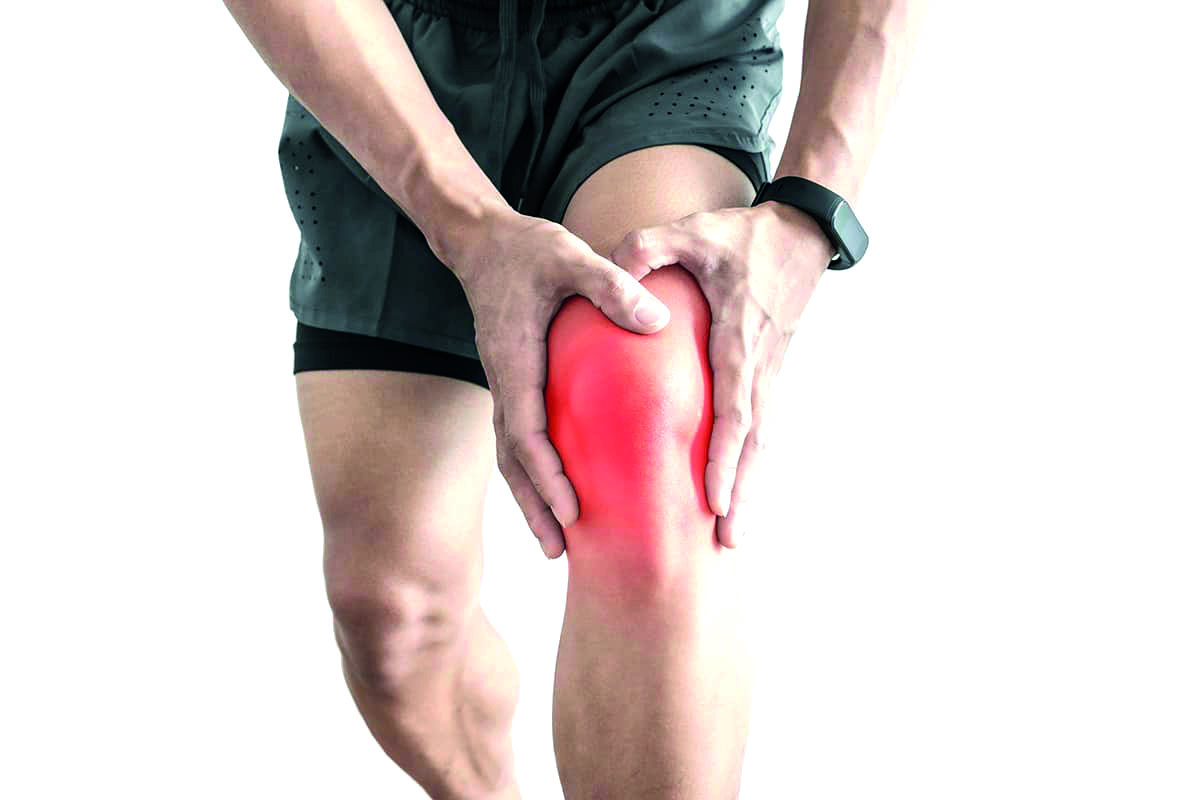‘Men as vulnerable to arthritis as women’

New Delhi: Arthritis, long regarded as a condition of aging and primarily associated with women, is increasingly being recognised as a multifactorial disease that affects men equally, driven not only by mechanical wear and tear but also by hormonal changes. At the same time, rapid advances in medical technology are reshaping the diagnosis and treatment of arthritis, offering patients a renewed promise of mobility and pain-free living.
According to Dr. Chandrashekhar Dixit, consultant – orthopaedics and joint replacement surgeon, hormonal fluctuations in men play a crucial yet often overlooked role in the onset of arthritis. “As testosterone levels decline with age, inflammation increases, cartilage repair slows, and joint degeneration accelerates,” he explained. The gradual reduction of testosterone often termed andropause creates a biochemical environment similar to that seen in postmenopausal women, predisposing men to osteoarthritis.
Adding complexity, men also depend on small amounts of estrogen for maintaining joint integrity. A decline in both testosterone and estrogen leads to reduced cartilage elasticity and increased susceptibility to damage, particularly in weight-bearing joints such as the knees and hips. Chronic stress and elevated cortisol levels further aggravate inflammation, while sedentary lifestyles, obesity, and poor diet amplify hormonal imbalances. Clinicians note that hormonal arthritis in men often manifests subtly through morning stiffness, fatigue, or mood fluctuations making early diagnosis essential. “Timely hormone evaluation, physiotherapy, and lifestyle interventions can significantly improve outcomes,” Dr. Dixit added.
Parallel to the growing understanding of hormonal influences, technology has revolutionised the landscape of arthritis management. Dr. Aashish Chaudhry, Managing Director & Head – Orthopaedics & Joint Replacement, emphasised that arthritis is no longer a lifelong burden. “From robotic-assisted joint replacement surgeries to AI-driven diagnostics and wearable rehabilitation aids, it has transformed patient care,” he said.



